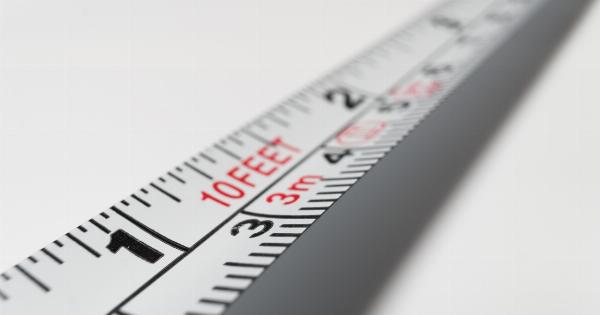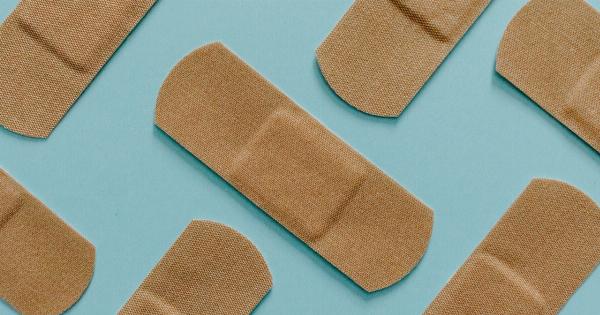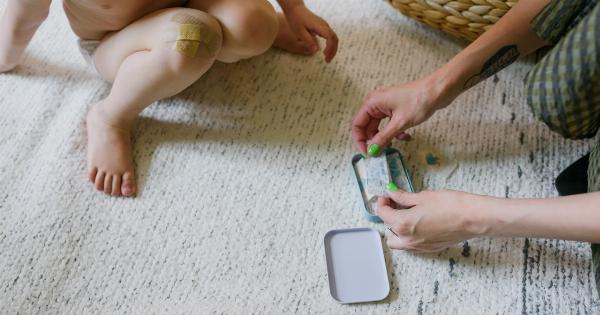Diabetes is a chronic medical condition that affects how your body processes blood sugar, also known as glucose. It can lead to a variety of complications, including vision loss, kidney disease, and nerve damage.
One common complication many people with diabetes face is foot wounds. In fact, foot wounds are the leading cause of hospitalization for people with diabetes. Understanding diabetic foot wounds and their healing process is crucial for managing diabetes.
What is a diabetic foot wound?
A diabetic foot wound is an open sore or injury on the foot that develops in people with diabetes. It commonly occurs in the area around the toes or on the bottom of the foot.
Foot wounds can be caused by a variety of factors, such as nerve damage, poor circulation, and weakened immune system. In some cases, people with diabetes may not even realize they have a foot wound because they have lost sensation in their feet due to nerve damage.
Why are diabetic foot wounds a concern?
Due to poor circulation and weakened immune system, foot wounds in people with diabetes take longer to heal. This increases the risk of infection, which can spread quickly and lead to serious complications such as the need for amputation.
In addition, people with diabetes are more likely to develop peripheral arterial disease, which can cause blockages in the arteries in the legs and feet and make it difficult for wounds to heal.
How are diabetic foot wounds treated?
The treatment for diabetic foot wounds depends on the severity of the wound. For minor wounds, proper cleaning and bandaging may be sufficient.
However, for more severe wounds, treatment may involve antibiotics, wound debridement (removal of dead tissue), or surgery. It is important to seek medical attention if you suspect you have a foot wound so that it can be properly diagnosed and treated.
Preventing diabetic foot wounds
Preventing foot wounds is essential for people with diabetes. Here are some tips for preventing foot wounds:.
- Inspect your feet daily for any sign of injury or soreness
- Wash and dry your feet daily
- Moisturize your feet to prevent dryness and cracking
- Wear properly fitting shoes and avoid heels and pointy-toed shoes
- Avoid going barefoot, especially in public places
- Keep your blood sugar levels in a healthy range
- Stay active and maintain a healthy weight
Healing diabetic foot wounds
The healing process for diabetic foot wounds can take several weeks to several months. Here are some things you can do to promote healing:.
- K eep the wound clean and dry
- Change the bandage regularly
- Avoid putting pressure on the wound
- Elevate the affected foot to reduce swelling
- Drink plenty of water to promote healing
- Eat a diet rich in vitamins and minerals to promote healing
- F ollow your healthcare provider’s instructions for wound care
Conclusion
Diabetic foot wounds are a serious concern for people with diabetes. Proper prevention, treatment, and healing are essential for managing diabetes and preventing complications.
By following the tips and advice provided, you can take steps to prevent foot wounds and promote healing if you do develop a wound.






























